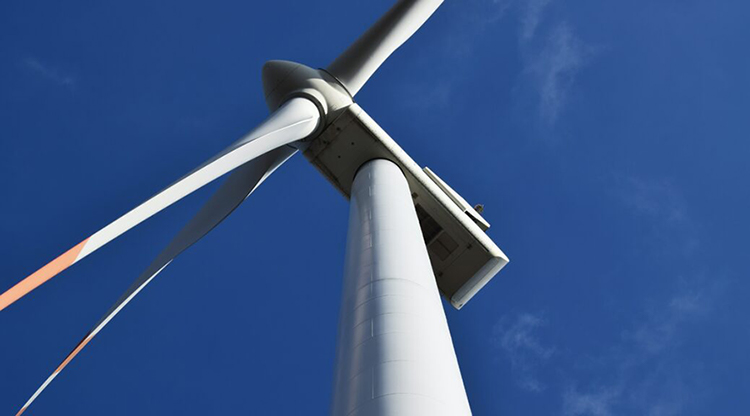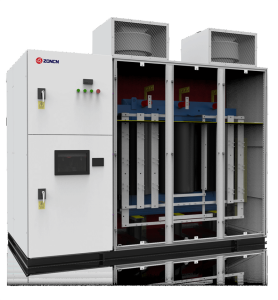
For the sake of the planet’s survival, we are increasingly promoting the use of renewable energy, and any source that can be supplemented and converted to supply electricity is a renewable energy source. There are various types of renewable energy sources including solar energy from the sun, tidal energy from waves, hydroelectric power from rivers and wind power, where turbines are used to harness the wind and convert it into electricity. The greatest amount of renewable energy can be generated when turbines are placed in areas with frequent sustained winds rather than occasional strong winds.
A wind turbine (also known as a wind turbine) is a device that utilizes wind energy to convert it into electricity. It consists of multiple blades and a rotor that turns when the wind blows over the blades, which turns the rotor, which is connected to a generator that produces electricity. This type of equipment is usually installed in high places, such as on top of a mountain or at sea, to better capture high velocity wind energy and thus increase electricity production. Wind turbines are a renewable energy technology that plays an important role in reducing greenhouse gas emissions and mitigating climate change.
The rotational speed of wind turbines (i.e., wind turbines) can vary depending on the design and wind field conditions; typically, they rotate at speeds ranging from 50 revolutions per minute to 200 revolutions per minute. The exact speed depends on factors such as the size of the turbine, its design, the wind speed and the geographic characteristics of the wind field.

Types of turbines
Small-scale turbines are designed to provide efficient electricity to rural homes and cabins.
Community-scale turbines generate enough electricity to serve all the homes and businesses in the community.
Industrial-scale turbines are combined to form wind farms. They provide continuous, large amounts of energy to the national grid.
Wind farm power output is affected by other factors:
Wind speed
The higher the wind speed, the more wind force is applied to the turbine blades, thus generating more kinetic energy for rotation.
Air Density
The air density at a particular location is a combination of altitude, pressure and temperature. For the same wind speed, air density is lower at higher altitudes and power output may be reduced relative to lower altitudes
Wind turbine design and size: Different models and sizes of wind turbines have different power ratings and maximum power outputs. Larger blades have more surface area, allowing them to capture more kinetic energy from the wind. However, they also require higher wind speeds to achieve maximum power output.
It is a common misconception that wind turbines rotate very slowly, but in fact this is a common visual illusion due to their size, and they actually move faster than most people think. However, faster wind speeds can sometimes cause wind turbines to spin too fast, and when their maximum wind speed is exceeded, the turbine may need to shut down to prevent damage. For maximum efficiency, it is best to utilize wind energy when the wind speed is constant, but the reality is that wind speed will always vary to some degree.
It is therefore important to be able to calculate the rotational speed and therefore the power output at any given time to ensure that it is sufficient to meet demand.
